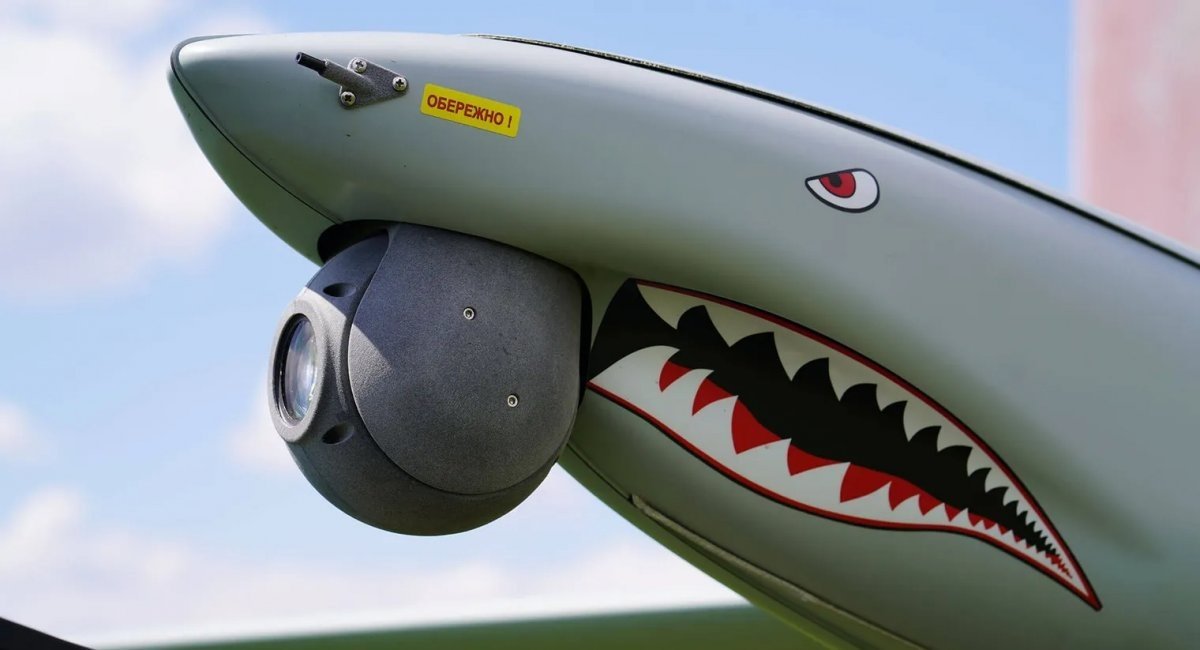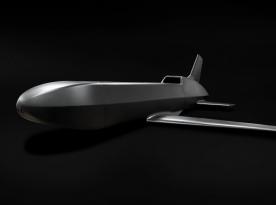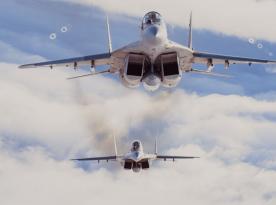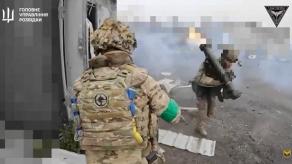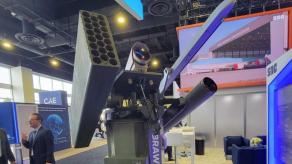Full-scale invasion of the russian forces into Ukraine in February 2022 had a wide impact on the demand for various kinds of weaponry and, above all, for unmanned aerial vehicles, which are critically needed on the battlefield today.
The trend has touched Ukrspecsystems (part of NAUDI) as well, this Ukrainian company developed such UAVs as PD-1, PD-2, SHARK and Mini-SHARK; also, their PD-2 became the vehicle for the Gekata airborne SIGINT system, created by Infozakhyst.
Read more: Ukraine's Own AWACS Drone Gekata Enters New Development Stage

The history of the emergence of Ukrspecsystems stems from the need of the Ukrainian military for UAVs, which arose back in 2014, when the war with the russian federation began. This is how the PD-1 (People's Drone) drone first appeared as a product of what initially was a volunteer association. Then, in 2017, they signed a contract with the Ministry of Defense of Ukraine for the supply of these fixed-wing drones, a company representative told DOU in an interview.
However, recently the attention of the media has mostly focused on the SHARK unmanned aerial system: this September, the Come Back Alive charity fund reported that the Ukrainian Defense Forces had received 25 kits of Shark UAS as part of its large-scale fundraising campaign; also, there have been plenty of videos from the battlefield regularly appearing on the Internet taken by the Shark UAV. These videos mostly show how Ukrainian weapons destroy the russian army, as this drone records the results of each strike from above.
Ukrspecsystems started creating this UAV immediately in February 2022, taking into account that the Ukrainian Army needed a durable and EW-resistant camera drone for scouting.
Mass production of Sharks commenced in November 2022, the company emphasizes that its specialists are constantly improving this reconnaissance drone. In particular, based on the feedback of those who operate Sharks on the frontline.
On top of that, the developer tries to gather as much as much information as possible, even from social networks: for example, thanks to a comment shared on X (formerly Twitter) prompted the engineers to improve the drone's sight, which was deemed useful to the operators of Shark operators.

"Project managers also keep in touch with end users, there is a service center that receives feedback and suggestions for improvement 24 hours a day. We often find and track comments or requests on social networks," says the Ukrspecsystems representative.
The video feedback that Ukrspecsystems receives from the military plays an important role. Thanks to the footage, they can refine the cameras, which is an essential component for reconnaissance drones. The manufacturer reminds that the USG-231 gyro-stabilized camera of the drone has a 30x optical zoom; it also has a handy target auto-tracking function.
The Shark's camera provides the operators with really high-quality video, which, combined with the drone's flight range, battery endurance, and resistance to enemy jamming, makes this UAV an ideal partner for long-range artillery, HIMARS rocket launchers, and JDAM bombs.
Regarding the range, the company says at first it was 60 km, but now the improvements raised the bar up to 80 km, the average flight time is up to 4 hours, and the altitude ceiling is 3,000 m.
The company also has a mini version of this drone:
"This UAV is more compact, it fits into only two backpacks, and according to the feedback we got from consumers, this makes it easier to transport and gives it an advantage over other UAVs of this type," the company notes.
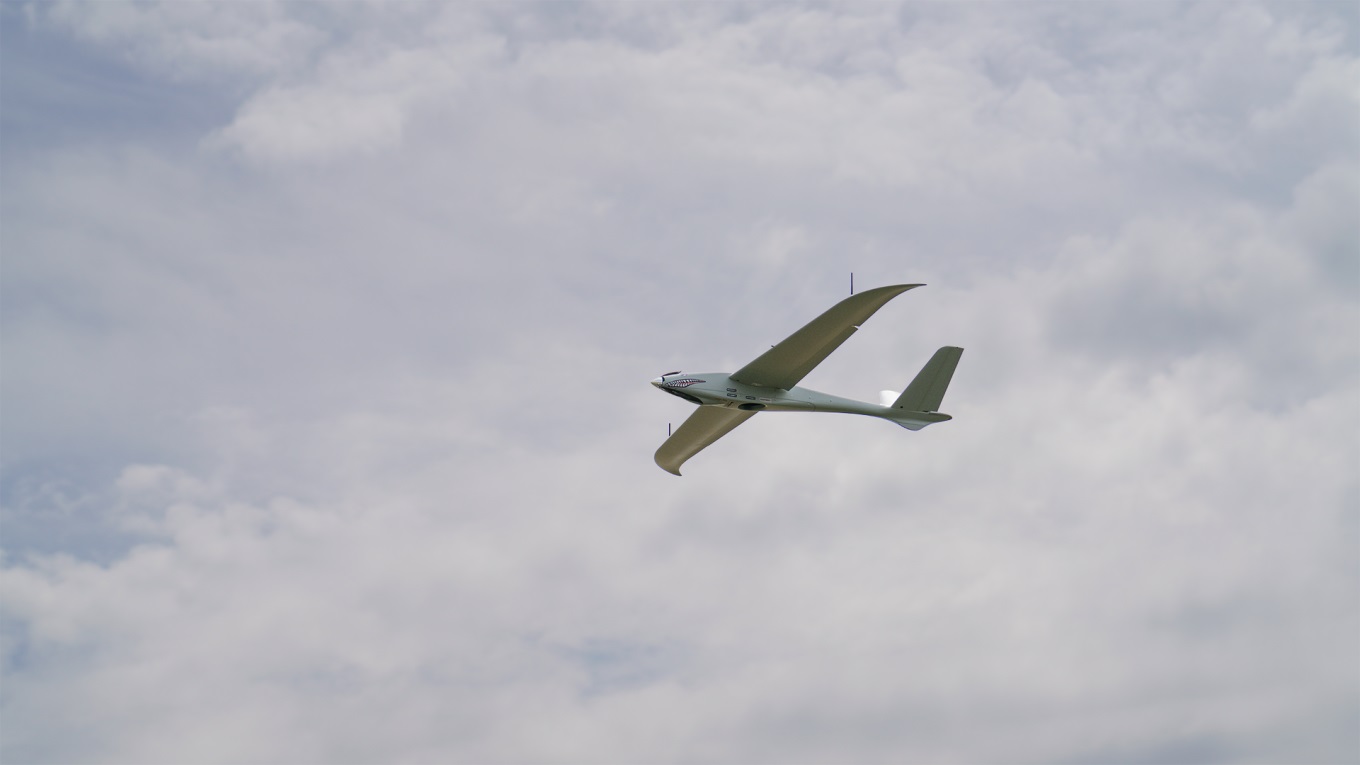
The Mini-SHARK is launched by hand, it can land "on the belly" safely. Equipped with a USG-261 camera with 10x optical zoom, it has an operational range of up to 35 km and a flight duration of up to 2 hours.
In general, regarding the production of UAVs, the company emphasizes that today they integrate artificial intelligence into all their products.
"This will help in more accurate targeting and improvement of image recognition in real time, AI will also enable UAVs to analyze and understand information from the environment, make decisions and even perform complex tasks autonomously," this is how Ukrspecsystems is viewing AI advantages.
As for the problems faced by the company, first of all, there is the issue of data security, which requires constant modernization of approaches to cyber protection; additionally, as follows from the interview, another major challenge is ramping up production capacity to cover all the piling requests for drones.
Read more: Ukrainian Warriors Destroyed Two Russia’s 203-mm Self-propelled Cannons (Video)




